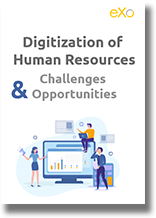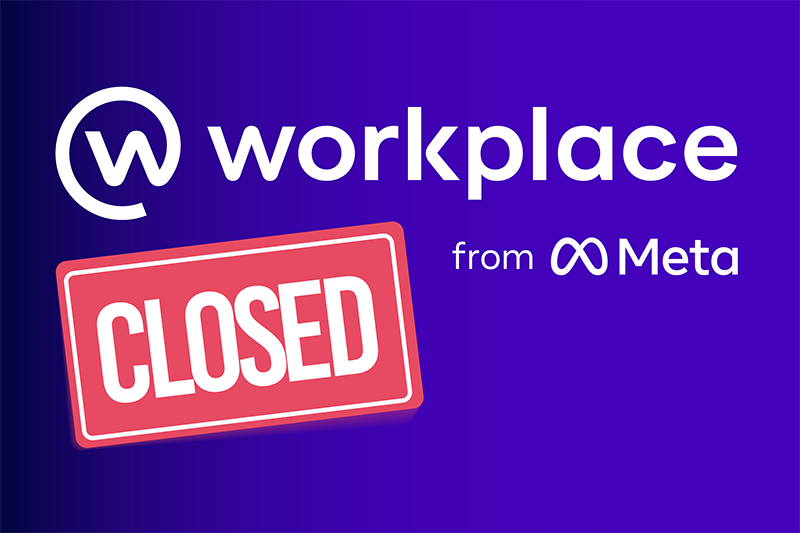- Fares Laroui
- December 4, 2018
3 Focus Areas for Assessing Your Knowledge Management System
In previous blog posts, we discussed some of the best practices of effectively implementing a knowledge management system and the benefits it brings to your organization as it improves the way employees create, share and find information.

Content
Knowledge management in general refers to the process of acquiring, storing and sharing information from several sources and making it readily available to exploit and evolve in a simple way.
An effective implementation of a knowledge management system within your digital workplace contributes to:
- An increase in efficiency as employees spend less time looking for information,
- Improving employee onboarding and engagement while reducing “silent knowledge”,
- Promoting teamwork and exchange of experiences between employees from different departments,
- Building a rich knowledge base of useful information for better problem solving, learning and decision making.
In this blog post, we will have a look at some key indicators to keep in mind when assessing your knowledge management system.
1. Time spent looking for information and business tools overload
Different studies show that among the most recurrent problems facing organizations today is the time spent by their employees searching for insights in different business applications and communication tools like e-mail.
According to the International Data Corporation, the knowledge worker spends 2.5 hours per day, or roughly 30% of the work day searching for information. A 2018 Nintex study “The Definitive Guide to America’s Most Broken Processes”, a survey of 1000 full-time U.S. employees, found that 49% of employees have trouble locating documents. A further 43% identified document sharing and document approval requests as a frequent problem.
This can eventually lead to staggering costs to organizations.Integrating a knowledge management system within your digital workplace should save time spent looking for information and reduce your employees’ reliance on traditional tools like e-mail among other business applications. Using e-mail analytics tools is a good place to start as it can help in capturing valuable insights to check whether these goals have been reached. The main e-mail metrics you should be looking at include:

FREE WHITE PAPER
Digitization of
Human Resources
Digitization of Human Resources is a hot topic these days. What do companies expect out of it?
The number of e-mails sent and received internally
This metric is a great indicator of the way your employees collaborate regularly as well as the adoption rate of the knowledge management system you have in place.
Top senders and recipients
Tracking the top senders and recipients helps in determining specific employees and departments who use e-mail internally the most.
E-mail time
Knowing how much time your employees spend writing and reading internal e-mail is crucial as it helps in identifying time that can be spent on other more productive tasks by replacing internal email with more quick and effective ways of internal communication.
E-mail is one of many tools used by employees to get work done but it’s not the only one. Each business function may have a set of separate apps that serve specific needs. This results in employees overloaded with apps and in information being harder to find.
An internal audit of apps used at work will help in determining the number of these apps, the added costs associated with each one as well as the time spent navigating between different information sources.
Centralize and share your
company knowledge
with eXo Platform
company knowledge
with eXo Platform
2. Employee engagement
Once you have checked the time your employees spend away from the knowledge management system and assessed their reliance on other business applications, different metrics can be used to determine employee engagement with the solution and the way they use it for different tasks. These metrics include:
Average posts
This metric provides a general overview of the number of posts per specific period. Example of posts include: files, articles, discussions, photos, videos etc.
Knowledge contributors
This metric helps in determining the number and identity of contributors and to sort them based on their contribution and engagement. The classification of contributors can be portrayed in the form of periodic ranks and badges provided for each employee based on a points system.
Average percentage of likes, comments and shares
This helps in determining how well employees are engaging with different types of knowledge.
3. Search and knowledge relevance
In order for employees to be engaged with the platform, regular evaluation of search results and knowledge stored has to be performed. This will guarantee better search results and timely and relevant knowledge availability for employees. These metrics include:
Search
Search metrics provide an overview of the number of searches performed over a specific period, the type of knowledge searched regularly by employees and the effectiveness of the search tool.
Knowledge relevance
This is a measure of how relevant the information stored within the knowledge management system is to employees. It includes the average age of knowledge, percentage of duplicated files and unrevised versions, etc.
I hope this post serves as a reminder of how an effective non-blind implementation of a knowledge management system has the ability to bring real benefits to an organization. Keeping in mind all the type of areas covered here can help galvanize the way your employees collaborate and share knowledge and ensure a high ROI.
Discover our solutions for employee communications and engagement
4.9/5 - (54 votes)
I am a product marketing specialist at eXo. My role is to assist marketing and sales teams in their operations and present our digital workplace solution to the world. I mainly blog about the latest tech trends, digital transformation, internal communication and how to navigate through eXo Platform.
Related posts
- All
- eXo
- Digital workplace
- Employee engagement
- Open source
- Future of work
- Internal communication
- Collaboration
- News
- intranet
- workplace
- Knowledge management
- Employee experience
- Employee productivity
- onboarding
- Employee recognition
- Change management
- Cartoon
- Digital transformation
- Infographic
- Remote work
- Industry trends
- Product News
- Thought leadership
- Tips & Tricks
- Tutorial
- Uncategorized
Leave a Reply
( Your e-mail address will not be published)
Connexion
0 Comments
Commentaires en ligne
Afficher tous les commentaires


